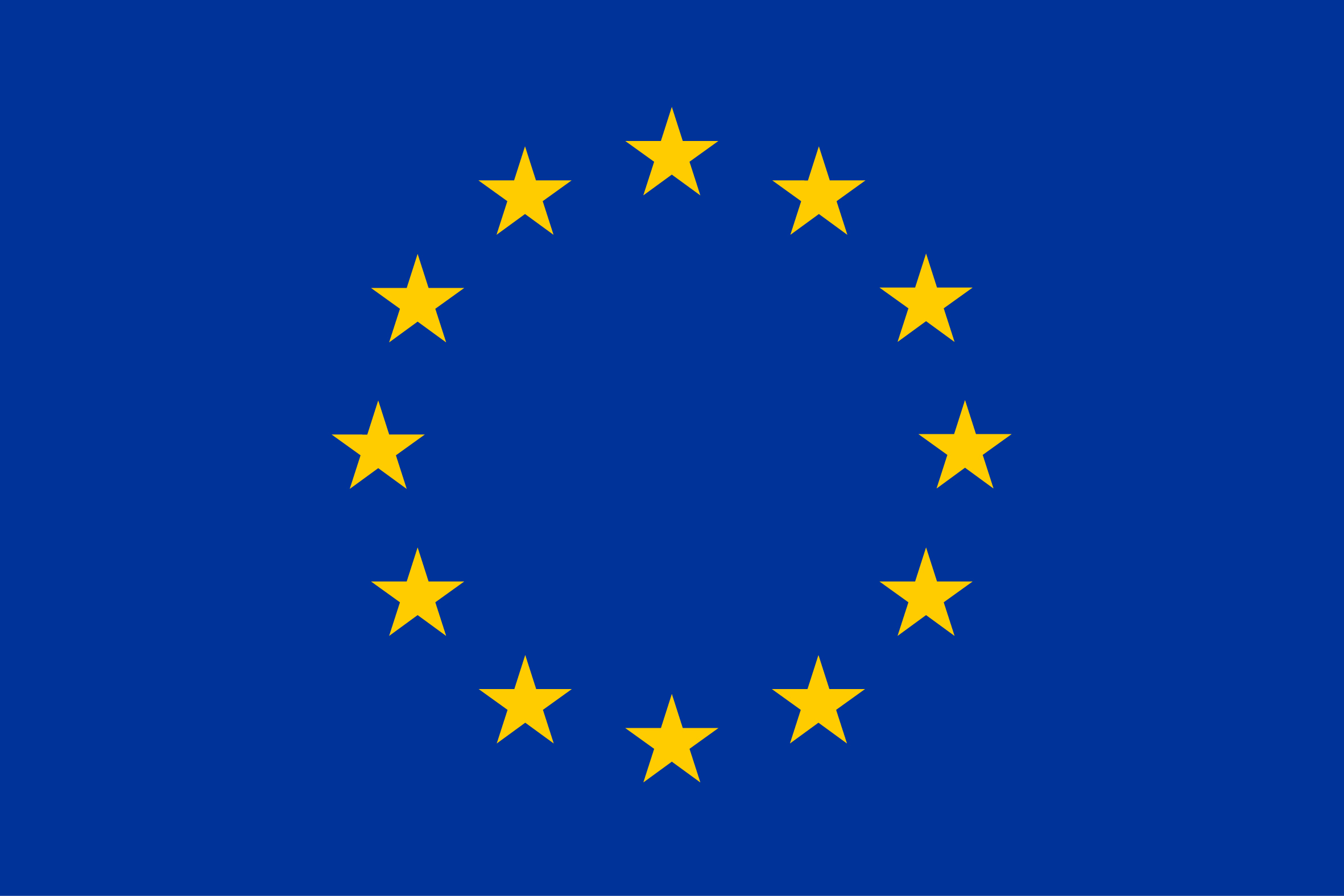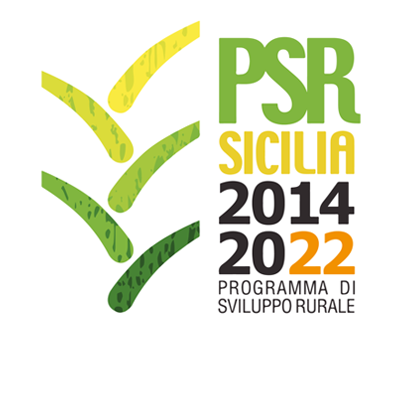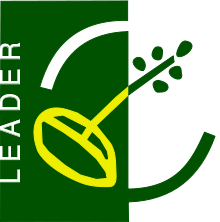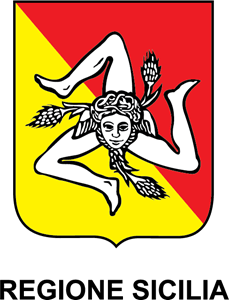angsa-Putih
Country
Specie
ISO3
IDN
Language
indon.
Transboundary name
Swan
Other name
Anser cygnoides
Breed classification (geographic)
Regional
Domestication status
domestic
Taxonomic classification
Breed
Local cryo conservation status
No Material
Local Risk
Unknown
Detailed local risk status
Unknown
Regional Transboundary Risk (detailed)
Unknown
Senduro
Country
Specie
ISO3
IDN
Language
Indonesia
Description
Goats are similar to Ettawa and used as meat and milk production
Breed classification (adaptedness)
Locally adapted
Breed classification (geographic)
Local
Additional information
Average milk production 1,7 l/day,
Additional information comments
Goats were kept indoor and feed resources from legumes tree
Adaptability to specific environment
Goats are seleted at high land areas of Senduro mountain, adapted to dry areas
Specific resistance or tolerance
This breed is susceptive to bloat.
Specific reproductive characteristic
Medium prolificacy
Color comments
Mostly white, some farmers prefer to have black head and white body colour
Number of horns males
2
Number of horns females
0
Horn shape size and comments
small V-shaped horns
Wither height males
70
Wither height females
65
Weight males
45.00
Weight females
38.00
Other specific visible traits
Appearance similar to Ettawa goats,hanging long ears, chubby face, long body size, short tail
Herdbook
n
Description of origin
This local goat breed kept by farmers of Lumajang East Java over generation from Ettawa cross
Import
Could be ancestor from Jamnapari goats of India
Location within country
Mainly in Lumajang subdistrcit then distributed to other district such as Malang, Jember
Local cryo conservation status
Sufficient
Local Risk
Unknown
Detailed local risk status
Unknown
Saburai
Country
Specie
ISO3
IDN
Language
Indonesia
Description
Saburai goat originated from Lampung province
Breed classification (adaptedness)
Locally adapted
Breed classification (geographic)
Local
Additional information
Classified as big type of goat
Adaptability to specific environment
Adaptive to tropical environment
Number of horns males
0
Number of horns females
0
Other specific visible traits
Rounded, dense and contained body; flat and thickface, well-balanced upper and lower jaws; relatively short and droop downears; thick rump; as well as thick mane hair for males.
Herdbook
n
Description of origin
Grading up local Etawah Grade females to Boer males followed inter se mating, developed in the Districts of Tanggamus, and Pesawaran Bandar Lampung, Lampung Province.
Year of origin
2001
Import
Bucks were imported
Location within country
Lampung Province
Local cryo conservation status
No Material
Local Risk
Unknown
Detailed local risk status
Unknown
Saanen Baturraden
Country
Specie
ISO3
IDN
Language
Indonesia
Description
Baturraden is the city where this breed was developed
Transboundary name
Saanen
Other name
Saanen
Breed classification (adaptedness)
Exotic
Breed classification (geographic)
International
Adaptability to specific environment
Showing adaptability to low quality and varied feed
Color comments
white
Number of horns males
2
Number of horns females
2
Horn shape size and comments
both of sexes have horns
Wither height males
59.25
Wither height females
58.93
Weight males
21.43
Weight females
21.73
Other specific visible traits
Small pointed head, long and smooth neck, short hair, straight nose, triangular face, ears perpendicular to the front, thin and short tails, males and females have horns. A few have Wattles hanging from their necks, most male and female goats have beards.
Herdbook
y
Herdbook established
2015
Description of origin
Saanen Baturraden was a recently introduced breed that imported from West Australia and New South Wales in 2015
Year of origin
2015
Import
2015, West Australia and New South Wales, 12 males and 188 females
Location within country
Java
Local cryo conservation status
No Information
Local Risk
At Risk
Detailed local risk status
Endangered
International Transboundary Risk detailed
Not at Risk
Peranakan Etawah
Country
Specie
ISO3
IDN
Language
Indonesia
Description
Peranakan means
Transboundary name
crossbreed
Breed classification (geographic)
Ettawah-Cross, PE
Additional information
Locally adapted
Additional information comments
Local
Efabis cultural role comment
Dual purpose breed (milk and meat)
Specific reproductive characteristic
This breed is well adapted to cool as well as to hot climate.
Special characteristic of product
This goat breed is susceptible for bloat.
Other special qualities
The reproductive ability of this breed is good.
Reference for special qualities
The PE goat-meat is tasty and preferably used for barbecue and soup a la Jakarta.
Efabis skin colour
multi coloured: variable, mainly black and white
Horn shape size and comments
2
Wither height males
2
Wither height females
small V-shaped horns that point backwards
Weight males
95.00
Weight females
75.00
Other specific visible traits
80
Herdbook
60
Herdbook established
small animals, but much bigger than Kacang goats, blade-shaped body, long hanging ears, chubby nose, bearded
Domestication status
n
Import
composite of Ettawah and Kacang
Location within country
1908
Local cryo conservation status
Ettawa imported from India
Local Risk
Lampung, central and east Java, Bali, west Nusatenggara
Detailed local risk status
Sufficient
Regional Transboundary Risk (detailed)
Unknown
International Transboundary Risk detailed
Unknown
Saanen
Country
Specie
ISO3
IDN
Transboundary name
Saanen
Breed classification (adaptedness)
Locally adapted
Breed classification (geographic)
International
Adaptability to specific environment
This breed is better adapted to the cooler highlands.
Specific reproductive characteristic
The reproductive abilities of this breed are moderate.
Special characteristic of product
Animals of this breed are very good milk producers.
Color comments
uni coloured: white
Number of horns males
2
Number of horns females
0
Horn shape size and comments
small V-shaped horns that point backwards
Wither height males
75
Wither height females
60
Weight males
65.00
Weight females
50.00
Other specific visible traits
medium sized body, big udder with big sharp coned teats
Herdbook
n
Domestication status
domestic
Taxonomic classification
Breed
Description of origin
imported from Australia
Year of origin
1975
Location within country
Java
Local cryo conservation status
Sufficient
Local Risk
Unknown
Detailed local risk status
Unknown
International Transboundary Risk detailed
Not at Risk
Panorusan Samosir
Country
Specie
ISO3
IDN
Language
Indonesia
Other name
Batak Goat, White Goat
Breed classification (adaptedness)
Locally adapted
Breed classification (geographic)
Local
Additional information
Selected mainly for white color
Additional information comments
Body length is similar to Kacang and shorter than Ettawa goats
Adaptability to specific environment
Goats are well adapted to tropical environment
Specific resistance or tolerance
The breed is susceptible to scabies
Specific reproductive characteristic
Moderate prolificacy
Color comments
White, Black and White
Number of horns males
0
Number of horns females
0
Horn shape size and comments
length 7.61 ± 4.23 cm
Wither height females
50
Weight males
28.67
Weight females
21.60
Other specific visible traits
The goats are of small size comparable to Kacang goats
Herdbook
n
Description of origin
Native goat meat breed and adapted for generation in Samosir Island.
Location within country
Samosir District, North Sumatera Province
Local cryo conservation status
No Material
Local Risk
Not at Risk
Detailed local risk status
Not at Risk
Montgomery
Country
Specie
ISO3
IDN
Breed classification (adaptedness)
Exotic
Breed classification (geographic)
Local
Number of horns males
0
Number of horns females
0
Domestication status
domestic
Taxonomic classification
Breed
Location within country
Java
Local cryo conservation status
No Material
Local Risk
Unknown
Detailed local risk status
Unknown
Marica
Country
Specie
ISO3
IDN
Language
Indonesia
Description
Marica goat originated from South Sulawesi province
Breed classification (adaptedness)
Locally adapted
Breed classification (geographic)
Local
Adaptability to specific environment
Well adapted to low feed quality, hot climate and parasites
Specific reproductive characteristic
The reproductive ability of this breed is good
Color comments
Combination of black and brown, with patches of white. Some have white with patches of black or brown
Number of horns males
2
Number of horns females
2
Horn shape size and comments
Horns are small, sometimes outer curve or protrude
Wither height males
57.6
Wither height females
55.7
Weight males
22.80
Weight females
20.60
Other specific visible traits
Animals have wattles on the neck with erect ears
Herdbook
n
Description of origin
This local breed goat goat is originally derived from bean goat (kacang goat) and adapted by generations in Jeneponto and coastal Maros, South Sulawesi Province.
Location within country
Mainly in Maros, Jeneponto, Soppeng and Makassar Districs in South Sulawesi Province.
Local cryo conservation status
Sufficient
Local Risk
Unknown
Detailed local risk status
Unknown
Lakor
Country
Specie
ISO3
IDN
Language
Indonesia
Description
Lakor goat originated from Southwest Maluku district, Maluku Province
Breed classification (adaptedness)
Locally adapted
Breed classification (geographic)
Local
Additional information
Consider to be moderate big type of goats
Additional information comments
Adaptive to harsh environment with low quality of feeds
Adaptability to specific environment
Well adapted to extreme hot climate
Specific resistance or tolerance
Tolerance to low feed quality
Specific reproductive characteristic
The reproductive ability of this breed is good
Color comments
dominant body of a plain color combinations and black and white striped
Number of horns males
2
Number of horns females
2
Horn shape size and comments
the horn is small, pointing upwards and backwards
Wither height males
86
Wither height females
82
Weight males
70.00
Weight females
47.00
Other specific visible traits
Body shape and ears are closer to Etawah Grade goat.
Herdbook
n
Description of origin
This local breed goat is originally brought by the Arab merchants as a bartertool, then adapted through generations in Lakor Island, Southwest Maluku District, Maluku Province.
Import
Arabian trader
Location within country
Mainly in Lakor Island, South West Maluku District, then spreads to East Timor, NTT, NTB, Ambon and Papua.
Local cryo conservation status
No Material
Local Risk
Unknown
Detailed local risk status
Unknown




